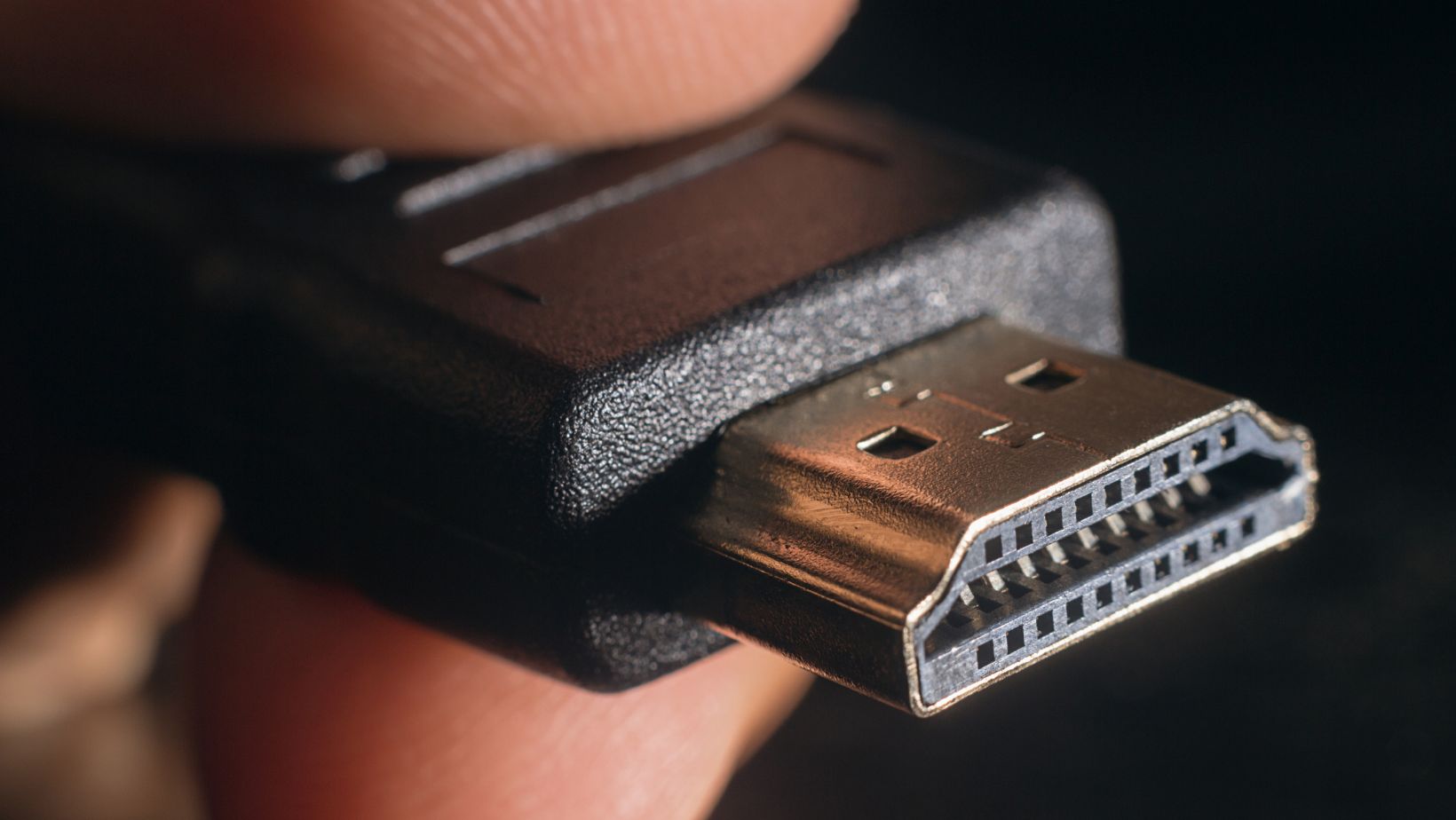Custom HDMI Cables: The Complete Guide

HDMI cables play a pivotal role in connecting smart devices like gaming consoles, computers, and laptops to televisions or home theater systems. This article explores the intricacies of HDMI cables and offers insights into crafting custom HDMI cables tailored to your specific needs.
Understanding HDMI Cables
HDMI stands for “High Definition Multimedia Interface,” serving as the bridge between modern TVs and external devices like cable boxes and audio/video receivers. The remarkable feature of HDMI cables lies in their ability to transmit both audio and visual signals seamlessly through a single cable.
Anatomy of an HDMI Cable
An HDMI cable’s structure is elegantly simple, comprising an inner core, a conductor, and an RF shielding mechanism housed within a peripheral shield. Internally, separate conductors carry audio and video signals, while an audio return channel optimizes the transmission speed and efficiency of both streams.
Typically, an HDMI cable consists of 19 internal pins. Pins 1 to 6 house the three TMDS (Transition Minimized Differential Signaling) data channels, the technology enabling DVI and HDMI to transmit high-speed digital data. Each channel utilizes three pins. Pins 10-12 accommodate the TMDS clock channel, responsible for signal synchronization.
Pin 13 carries the CEC (Consumer Electronics Control) channel for device communication, while pin 14 is reserved for future use. The DDC (Display Data Channel) on pins 15 and 16 facilitates the exchange of Extended Display Identification Data (EDID) between devices. Pin 17 provides an information shield for CEC and DCC channels, and pin 18 handles the +5V power supply. Lastly, pin 19 serves as a hot plug detect pin, tracking power connections and disconnections.
HDMI Cable Types
Technically, HDMI cables don’t have versions. They lack ICs, controllers, drivers, or updatable software. Essentially, an HDMI cable is a collection of wires transmitting signals between ports. However, the quality of these wires determines their performance standards, categorized as “types.” Therefore, there’s no HDMI 2.1 or HDMI 2.0 cable, but rather ultra-high-speed and premium high-speed cables capable of supporting HDMI 2.1 and HDMI 2.0 specifications, respectively.
Different HDMI cables adhere to varying performance standards, limiting some from handling the high data rates generated by HDMI 2.1 and HDMI 2.0 ports. A table illustrating cable types and their performance standards is provided below.
|
Type of Cable |
HDMI Version |
Bandwidth |
Refresh Rate |
Resolution |
Use |
|
Ultra High Speed |
2.1 |
48 Gbps |
120 Hz/240 Hz |
10K/8K |
Utilize all HDR TV features and play games at over 30 fps |
|
Premium High Speed |
2.0 a/b |
18 Gbps |
60 Hz |
4K |
Suitable for design software and gaming up to 30 fps |
|
High Speed |
1.3 to 1.4a |
10 Gbps |
30 Hz |
4K/1080p |
Enjoy 3D graphics and deep color |
|
Standard |
1.0 to 1.2a |
5 Gbps |
30 Hz |
720p/1080p |
Watch Blu-ray DVDs, media streamers, and standard HDTV |
HDMI Connector Types
HDMI connectors come in various types, each serving specific applications. The regular-size Type A is commonly found on source devices like computers, projectors, and gaming consoles.

Type C (mini) is used on tablets and DSLR cameras, while Type D (micro) is prevalent in smaller tablets, digital cameras, and smartphones. Lastly, Type E caters to automotive applications.
Evolution of the HDMI Standard
HDMI has continuously raised the bar for high-definition media transmission. A table outlining the evolution of HDMI specifications, including video capabilities, audio support, maximum resolution/refresh rate, transmission rate, and HDR support, is provided.
Crafting Custom HDMI Cables
Manufacturers follow a standard protocol when producing HDMI cables, involving steps like cutting, stripping, aluminum foil trimming, inner wire attachment, tinning, connector connection, welding, molding, and testing.
Custom HDMI Cable Assembly Solutions at Cloom
Cloom specializes in creating custom HDMI cable assemblies, offering a wide range of options for professionals in various industries. They can work from your drawings or assist in designing custom assemblies, including:
- HDMI Cables with Different HDMI-type ends: Standard HDMI to Micro HDMI, Standard HDMI to Mini HDMI, Micro HDMI to Mini HDMI.
- HDMI Cables with Ends of Different Interfaces: HDMI to DVI, HDMI to VGA, HDMI to USB Type-C, HDMI to DisplayPort, etc.

- HDMI Cables with Male/Female Ends: Male-to-male, Female-to-female, Female-to-male.
Value-Added Services
Cloom offers additional services like custom cable lengths, specialized pinouts, gripping and locking connectors, panel mount connectors, right-angle connectors, various cable types (LSHZ, CMR, CMP), custom over molds, soldering for EMI/RF shielding, single-ended assemblies, weatherproofing, and gold-plated connectors.
Conclusion
In today’s world of high-definition media, HDMI cables are indispensable. When choosing an HDMI cable, opt for the latest HDMI 2.1 for the best possible picture quality. Remember that factors like the manufacturer and your electronic devices also influence picture quality. Contact Cloom today for your custom HDMI cable needs.



